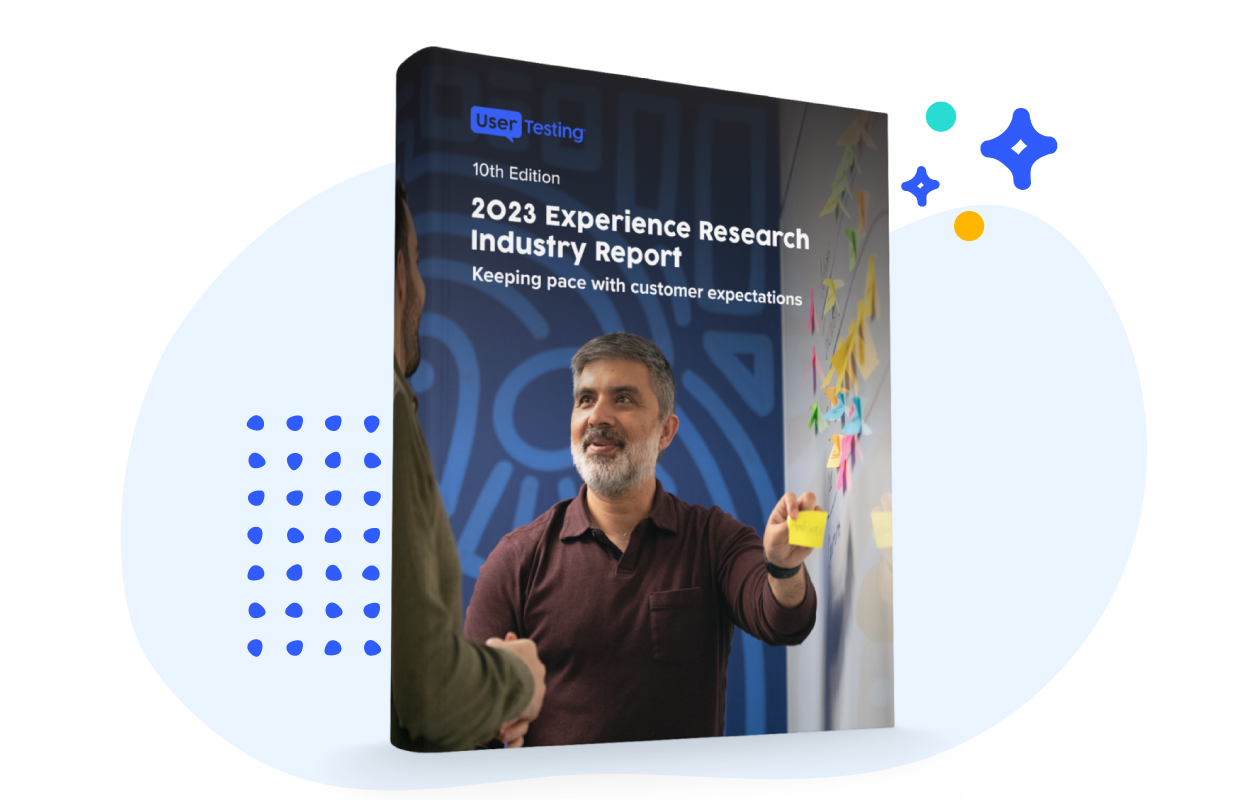
6 signs your UX team is overstretched

UX research is growing. Jakob Nielsen of the Nielsen Norman Group predicts that the current population of UX pros will grow to 100 million by 2050. Is your UX team already feeling the pressure?
What is the "correct" ratio of UXers to designers?
The appropriate ratio of UX staff to developers has been an ongoing conversation in the UX world for some time. At IBM in the 2000s, an often-quoted “required” ratio was 10%, or a 1 to 10 ratio of UX staff to developers. A Nielsen Norman Group 2020 article largely agrees, citing a survey showing around 11% (further detailed as 1 researcher to 5 designers to 50 developers).
Jeff Saurus’s survey from 2017 showed a ratio of closer to 6%, specifically 1 researcher to 5 designers to 100 developers.
However, these ratios are based on companies that actually employ UX researchers and designers. The ratios would be much lower if all companies were included.
The critical flaw with these ratios is that they only observe what is happening, not what should be happening. Even within companies with in-house UX staff, there are often divisions or initiatives with no UX staff.
Additionally, different product types likely need varying levels of UX expertise. Looking beyond the ratio of UX people to developers, there are other signs that your UX program is understaffed. Let’s take a look:
1. Development projects have a user interface but have no UX resources
When companies lack adequate UX resources, they triage their project portfolio and tend to assign UX resources only to the most critical projects. This causes several problems:
- Inconsistent user experience across the product portfolio
- Wasted efforts developing products that proper UX research would have solved several steps earlier
- Poor UX eventually requires redevelopment when the product fails
2. Projects have designers but no capacity for UX research
Some designers are also great UX researchers, but others lack proper training or simply have no time to carry out additional research. All too often we see:
- Subjective, opinion-based design decisions
- Visually pleasing UIs that may not meet user needs
- More wasted effort designing and developing unnecessary products that discovery UX research would have solved earlier or mapped to a real user need
3. Designers and researchers can’t keep up with the demand
Common symptoms of over-stretched UX resources include:
- Strained relationships between development and UX people due to the late delivery of designs
- Lack of domain knowledge as UX resources are context-shifting on different projects or across multiple Agile teams
- UX designers and researchers become ‘order-takers’ instead of impacting product direction and strategy
- UX staff burnout and turnover
4. Lack of benchmarking
Product usability needs to be benchmarked over time and against competitors. A lack of benchmarking inevitably leads to:
- An inability to measure whether the product is improving over time and relative to competitors
- Failure to prove the value of UX efforts
- Difficulty justifying and acquiring needed UX resources
5: Executive management has no awareness of UX impacts
Inadequate UX staffing at the management level leads to:
- UX not promoted at the executive level
- A vicious cycle: the lack of executive support continues the overall lack of UX resources
6. Little or no UX cooperation across the organization
When the UX team is overwhelmed by basic functions, there are additional repercussions:
- UX staff has no time for cooperation and joint efforts, leading to inconsistencies
- Crucial programs—such as creating a design system—aren’t even considered. This reduces efficiency and consistency
What to do next?
To solve these issues, you’ll need more than just additional UX staff.
You need full communication, collaboration, and understanding between UX, design, development, and wider business units. To do that, a complete UX research platform, like UserTesting, can go a long way in ensuring you have the UX resources you need to deliver great services as your business expands.






